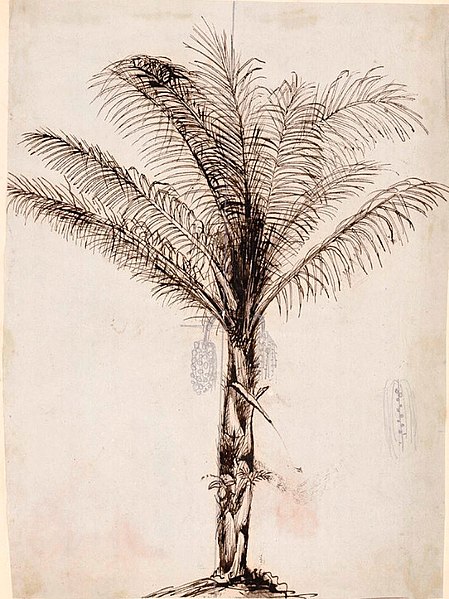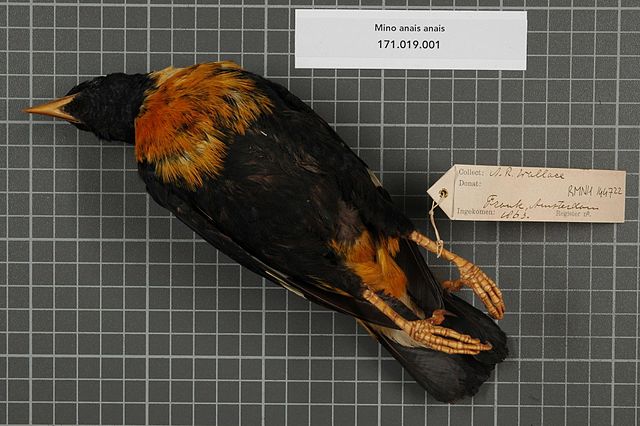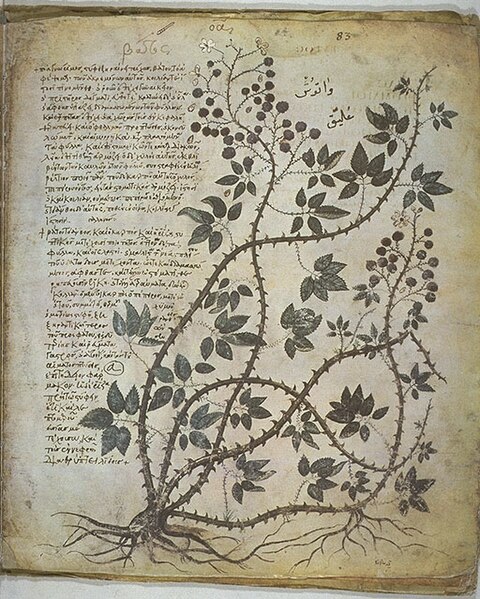Alfred Russel Wallace was an English naturalist, explorer, geographer, anthropologist, biologist and illustrator. He independently conceived the theory of evolution through natural selection; his 1858 paper on the subject was published that year alongside extracts from Charles Darwin's earlier writings on the topic. It spurred Darwin to set aside the "big species book" he was drafting and quickly write an abstract of it, which was published in 1859 as On the Origin of Species.
Wallace in 1895
A photograph from Wallace's autobiography shows the building Wallace and his brother John designed and built for the Neath Mechanics' Institute.
Arenga pinnata sketched by Wallace in Celebes, reworked by Walter Hood Fitch
Wallace collected many specimens, such as this Mino anais anais from South West Papua, 1863.
Natural history is a domain of inquiry involving organisms, including animals, fungi, and plants, in their natural environment, leaning more towards observational than experimental methods of study. A person who studies natural history is called a naturalist or natural historian.
Black and white tables of natural history, from Ephraim Chambers's 1728 Cyclopaedia.
A natural history collection in a French public secondary school
Blackberry from the sixth-century Vienna Dioscurides manuscript
Georges Buffon is best remembered for his Histoire naturelle, a 44-volume encyclopedia describing quadrupeds, birds, minerals, and some science and technology. Reptiles and fish were covered in supplements by Bernard Germain de Lacépède.








